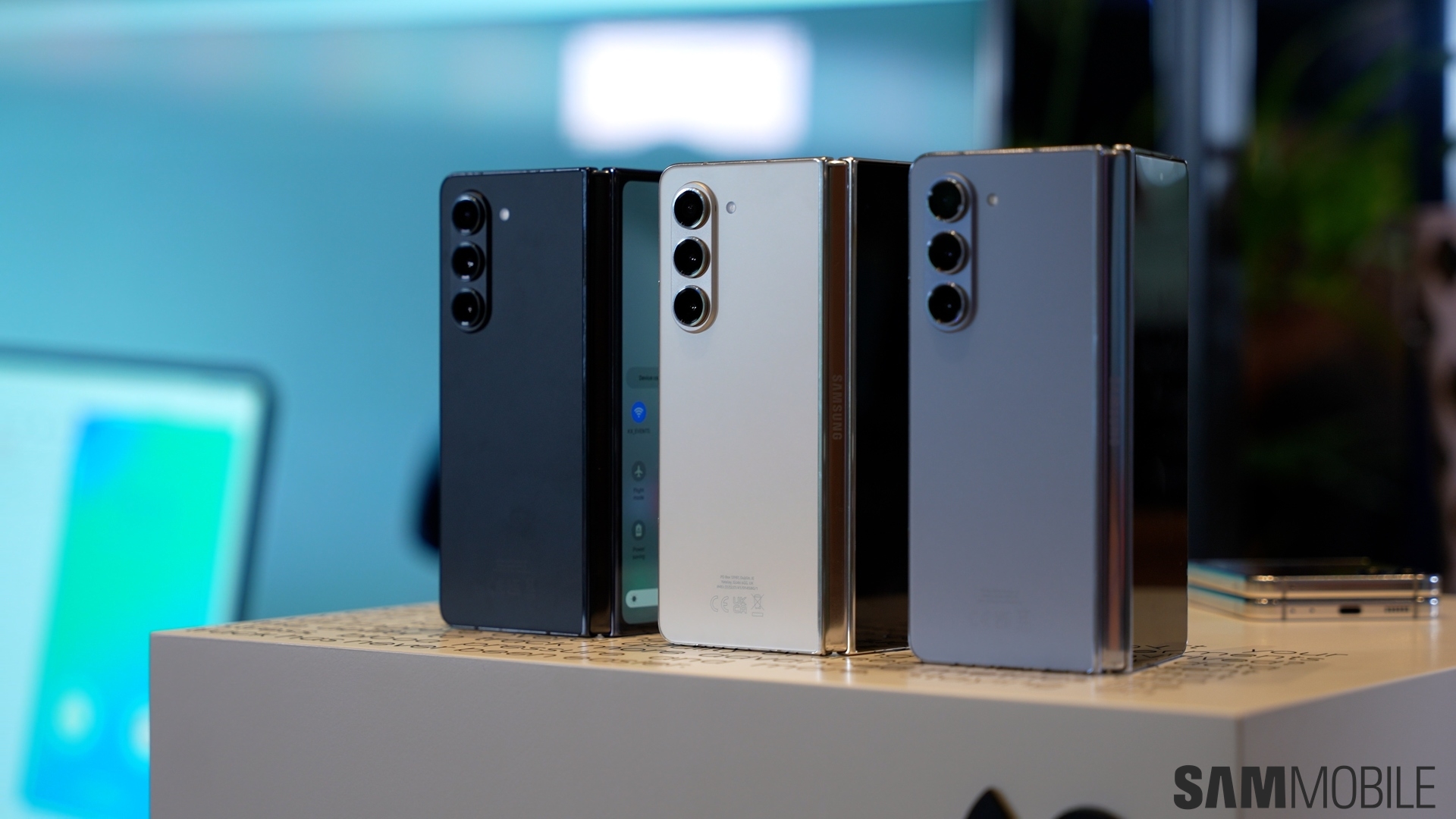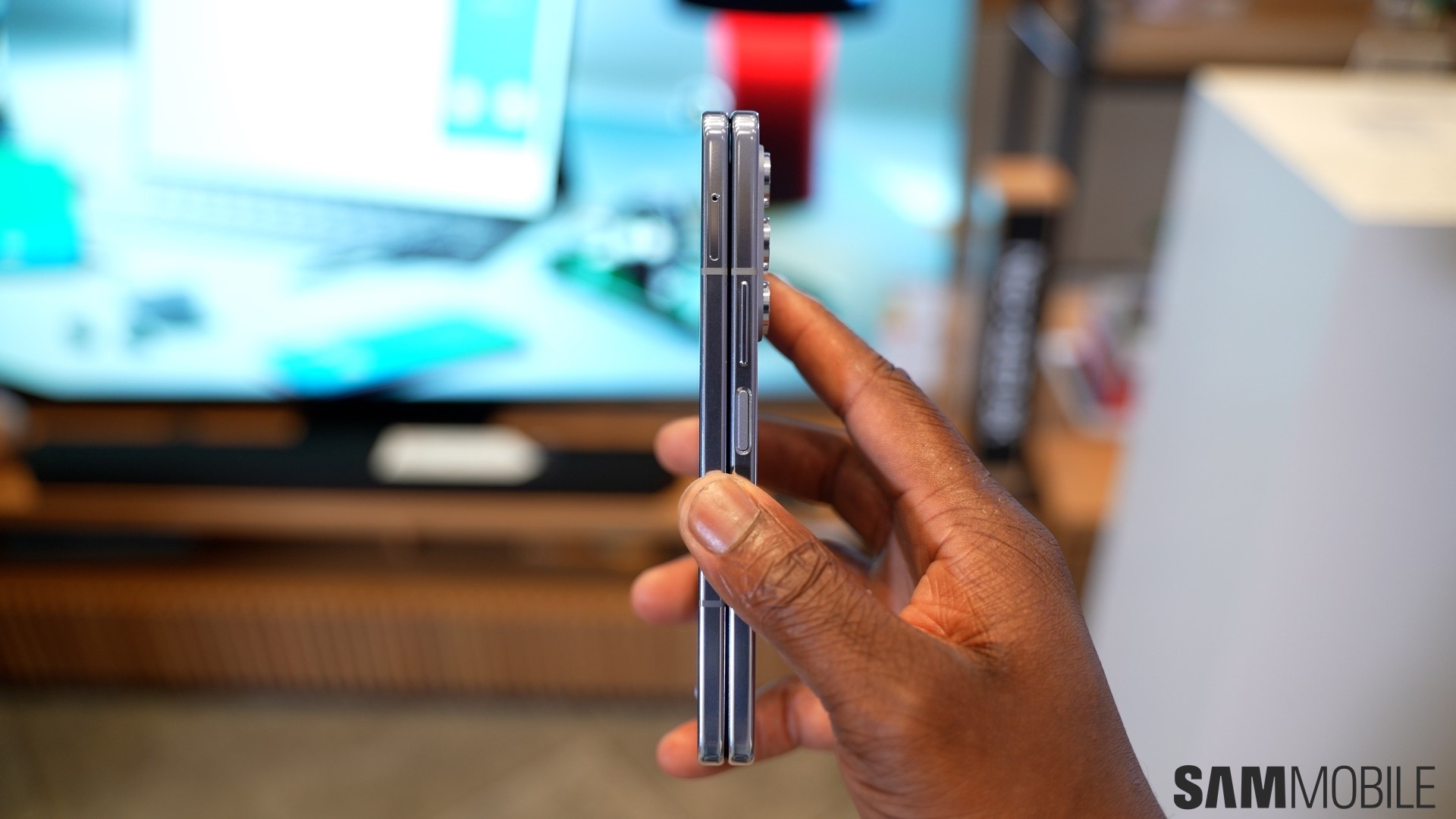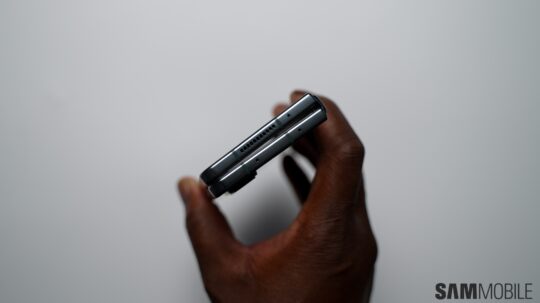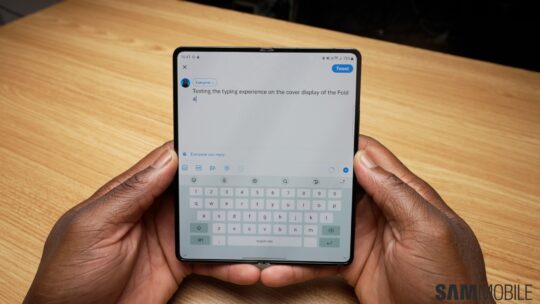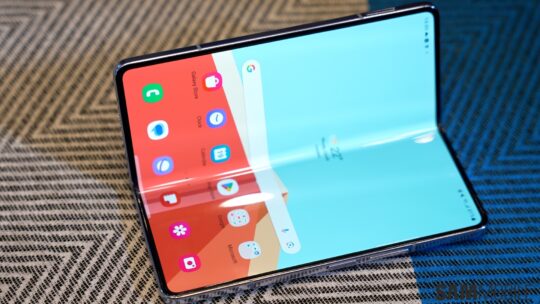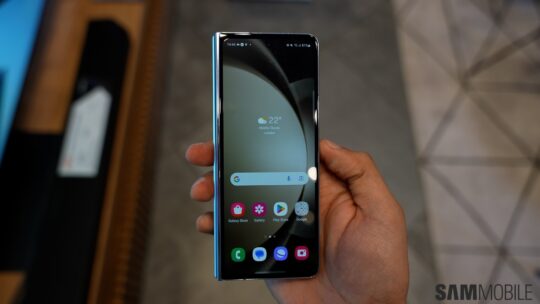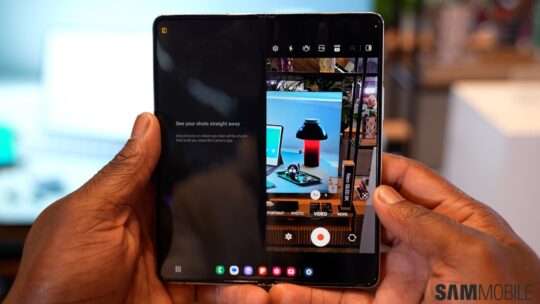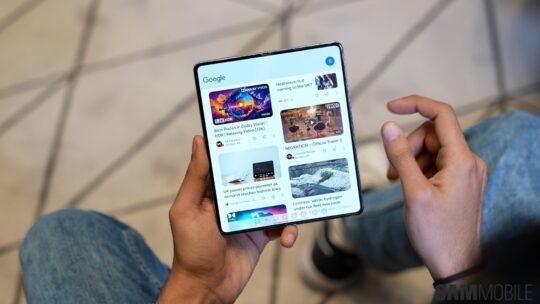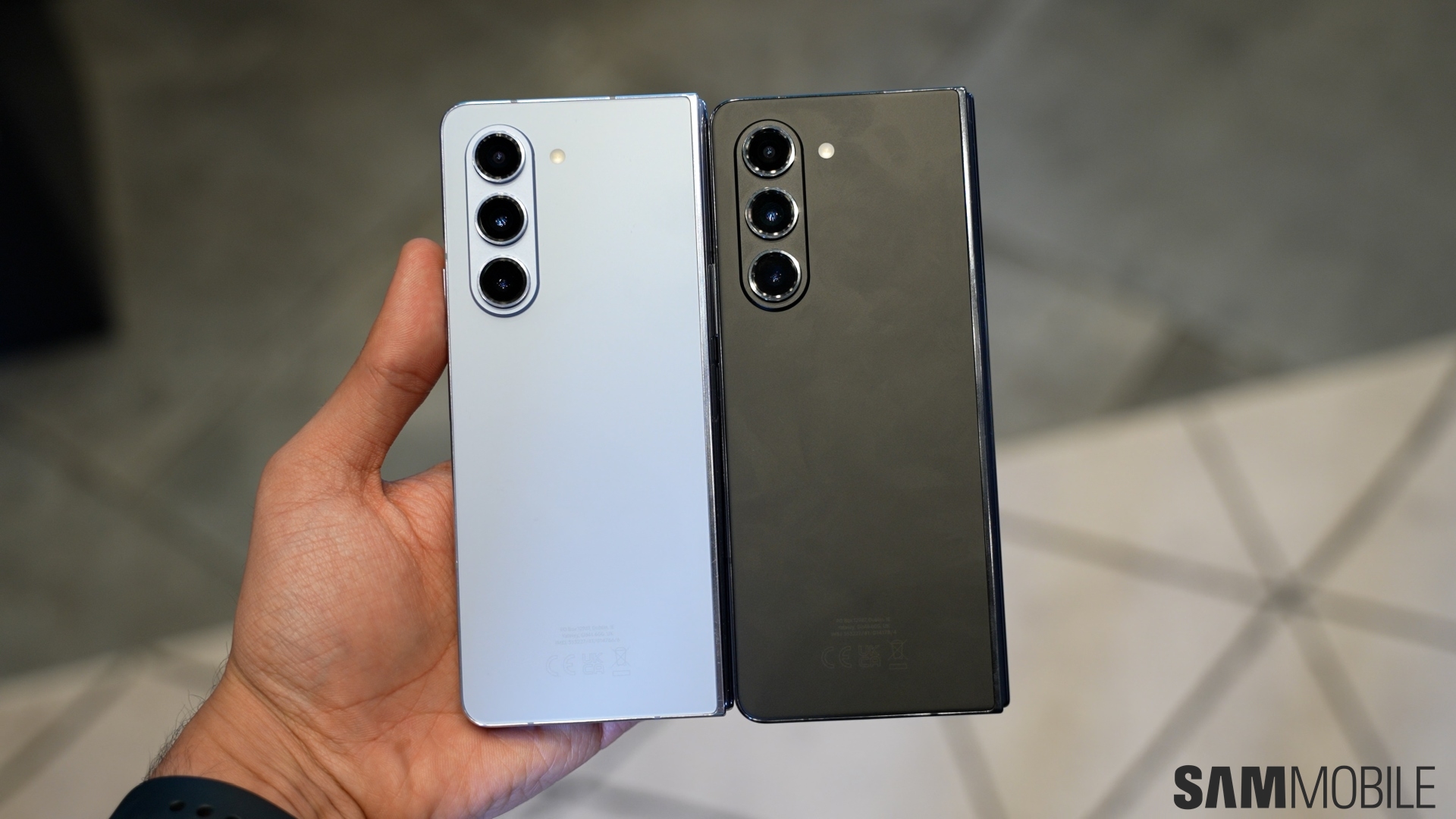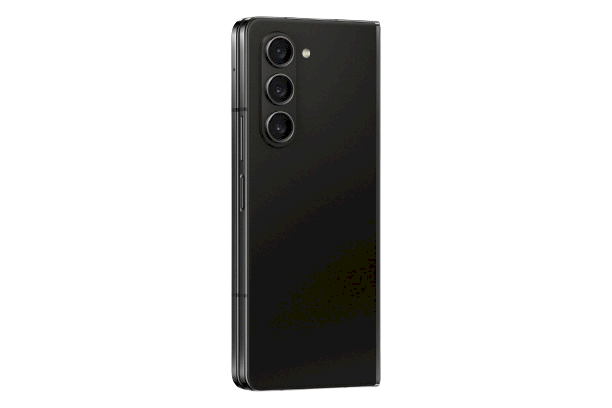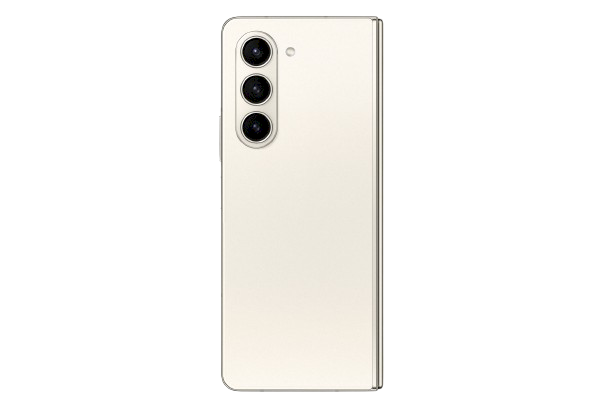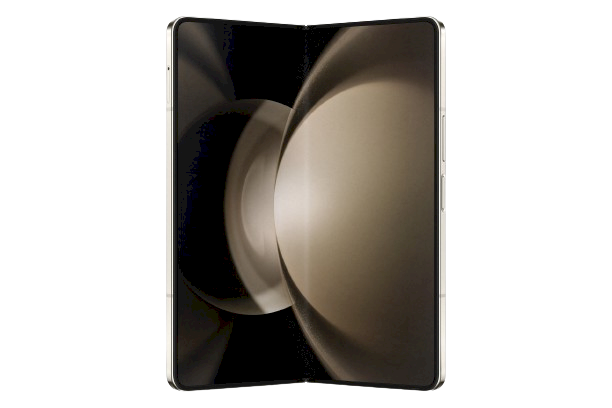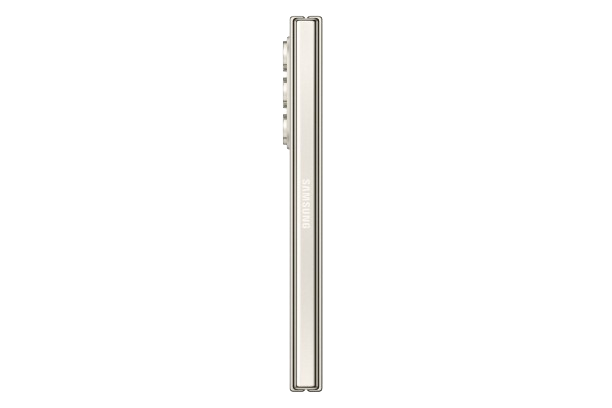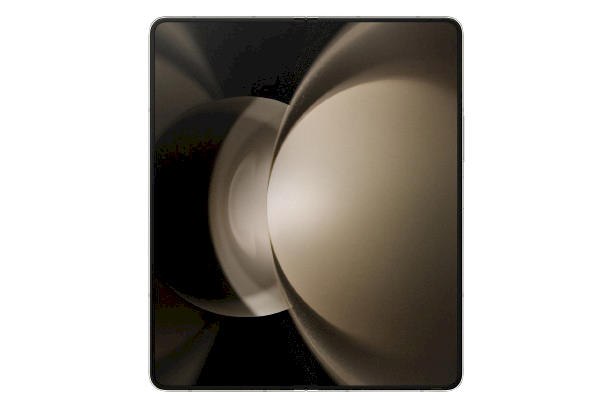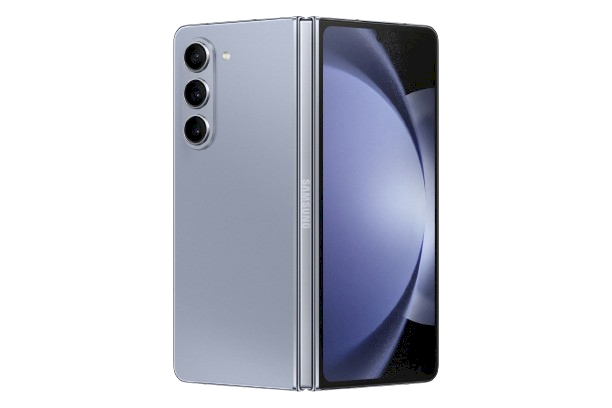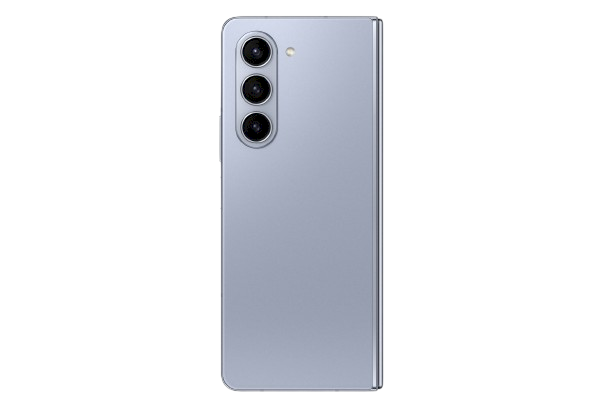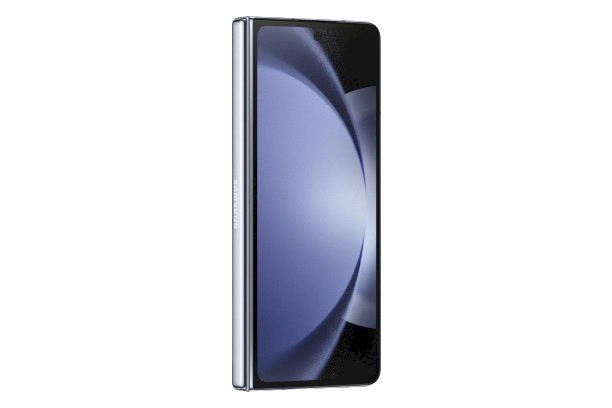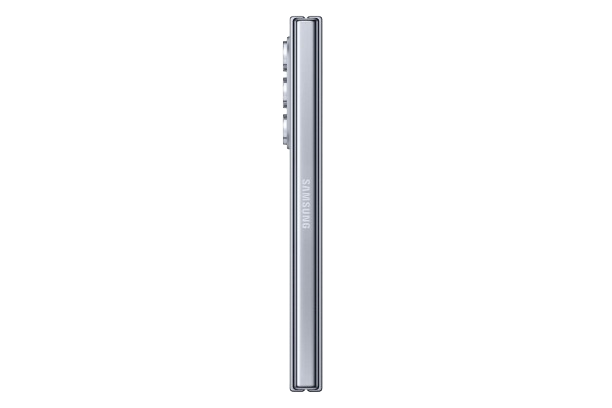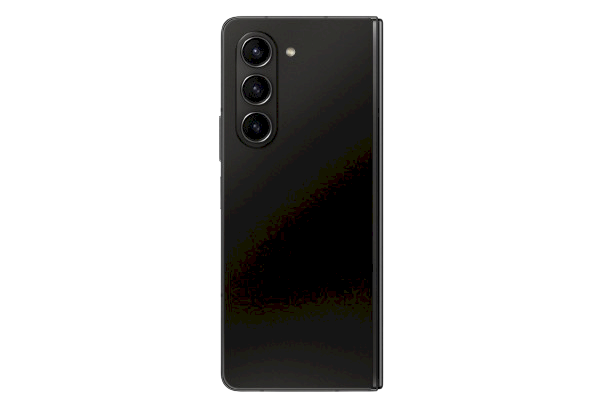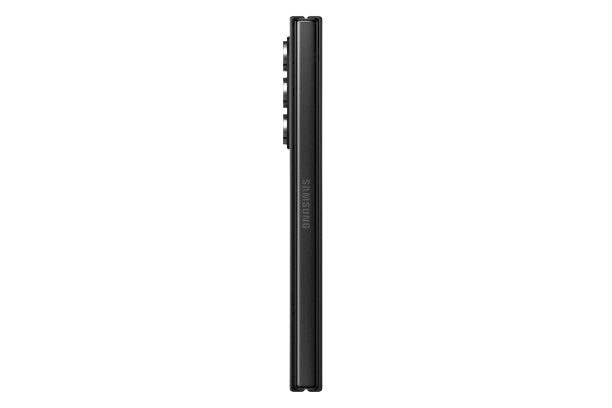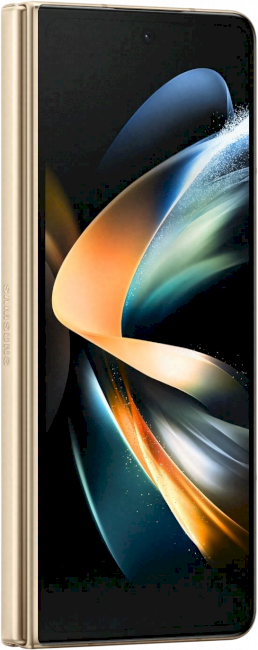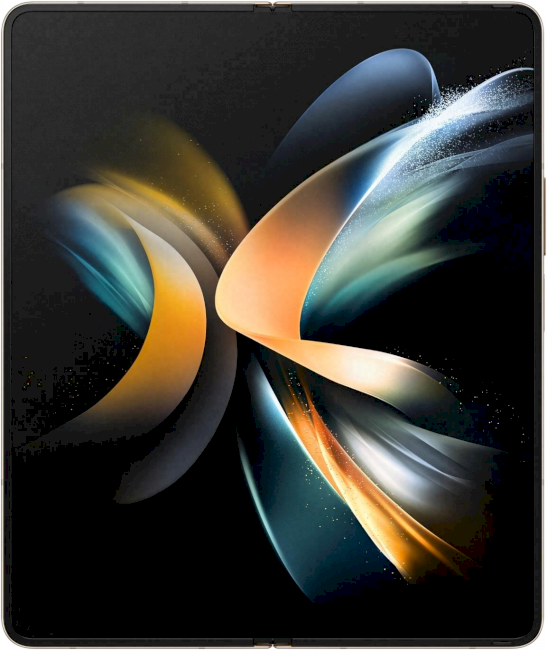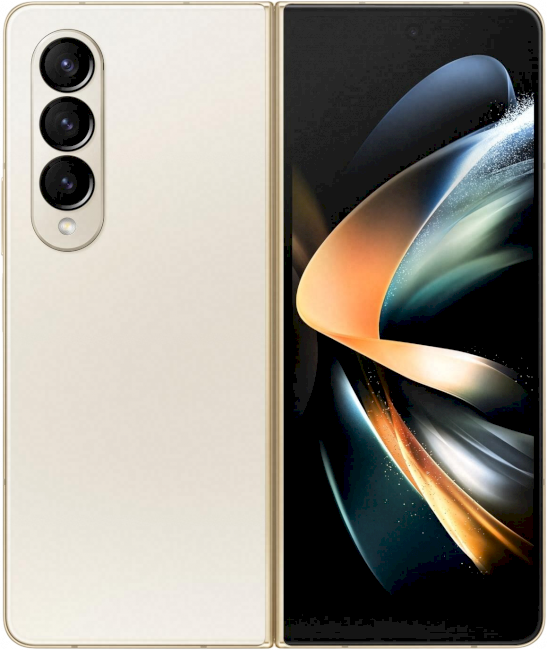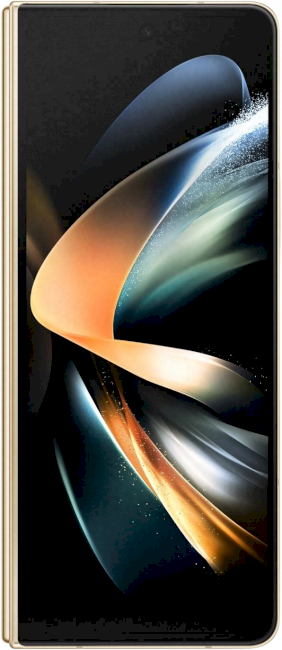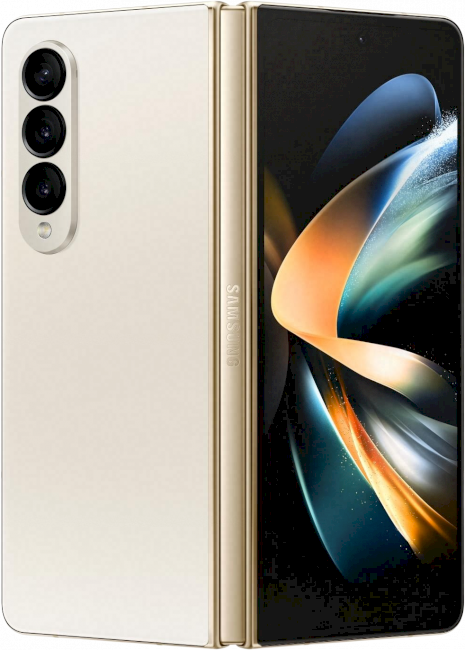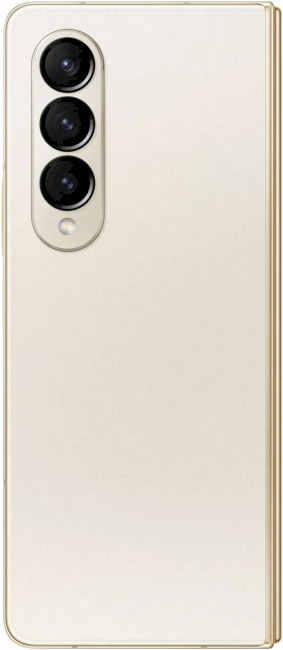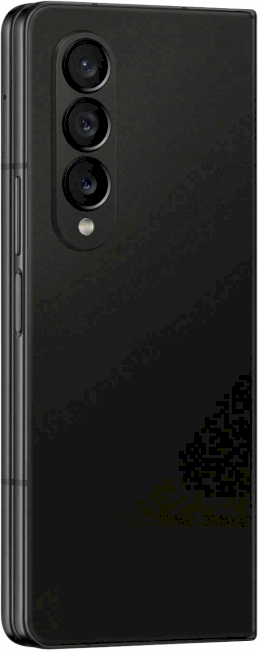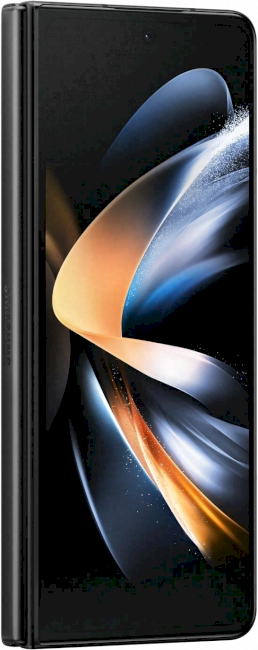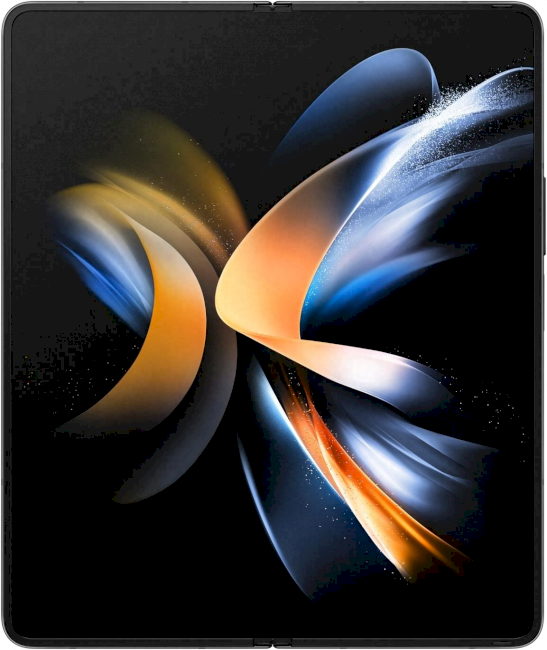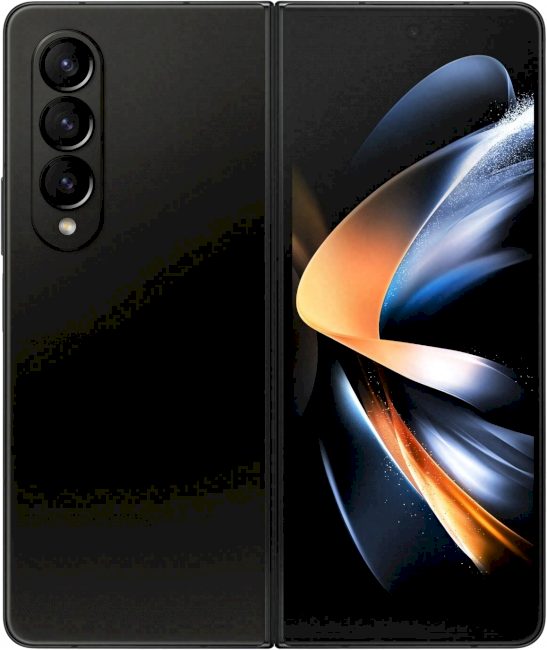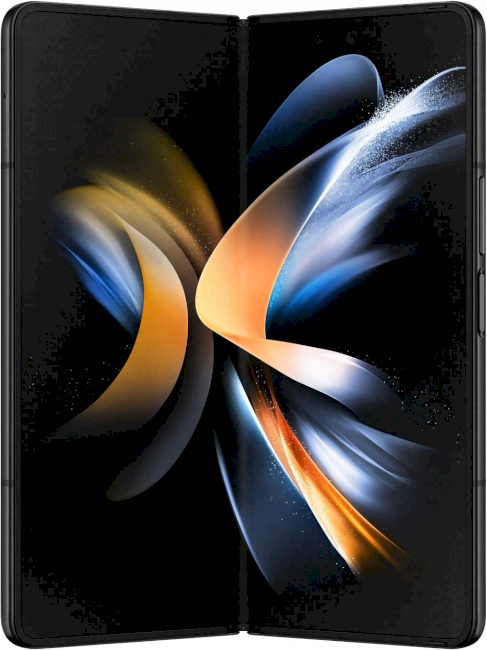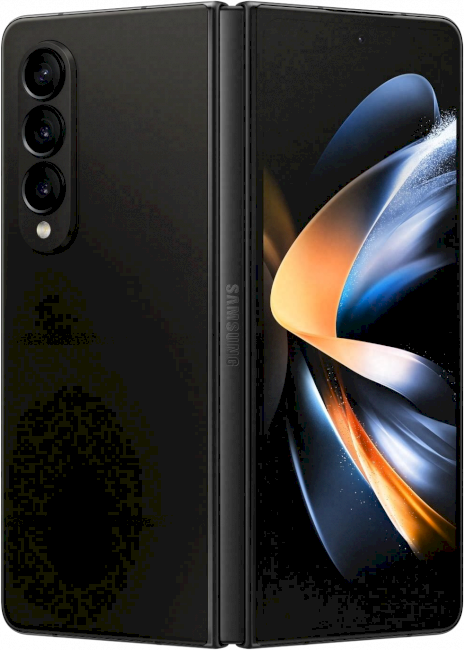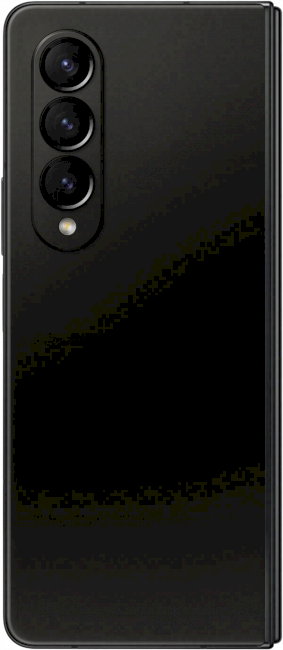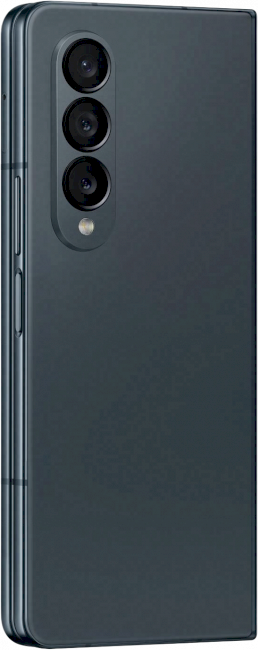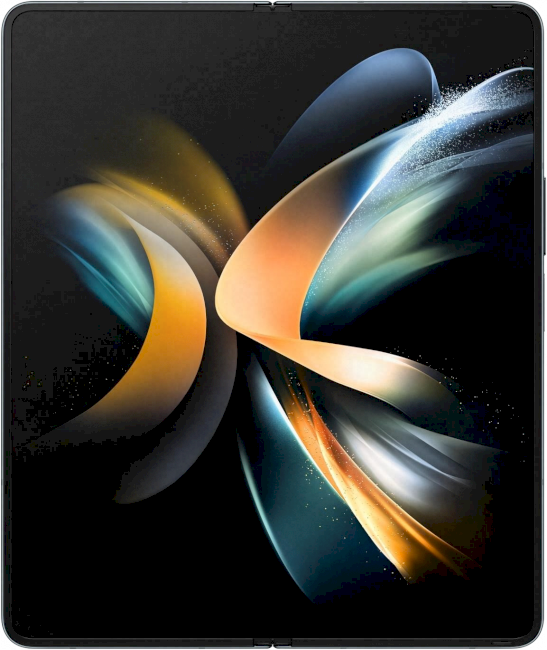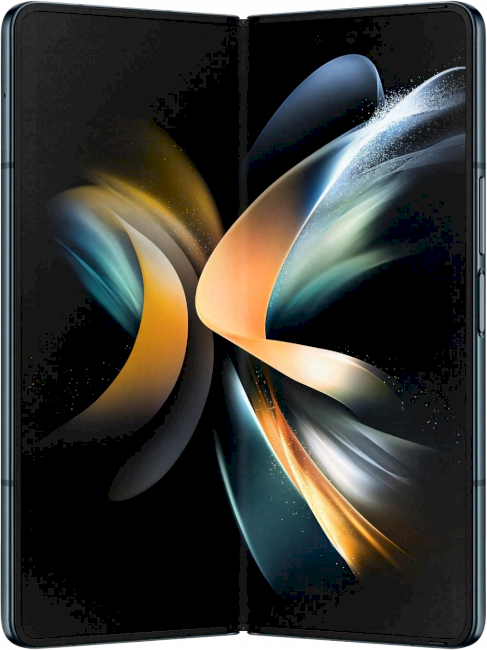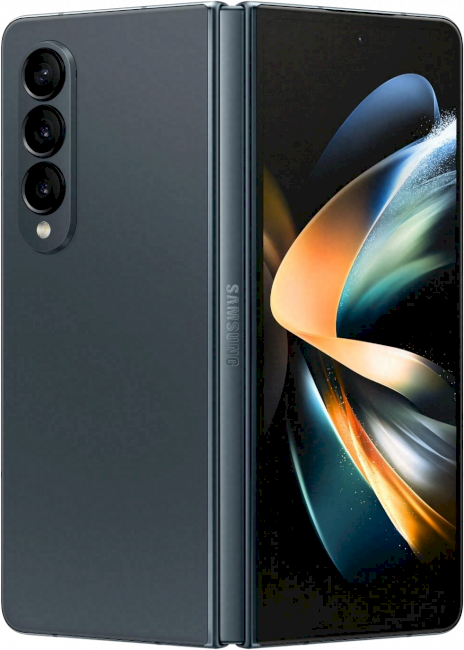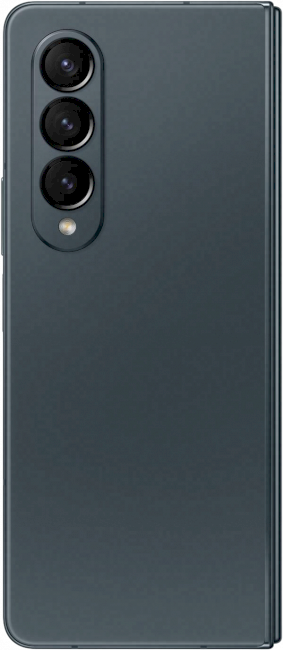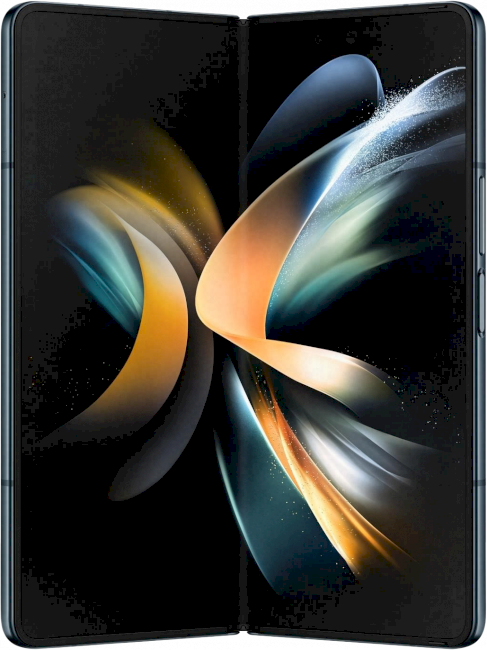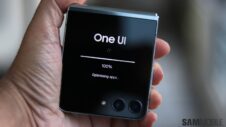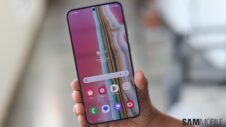Nearly a year after the Galaxy Z Fold 4 made its first appearance on stage in New York, Samsung is ready to release the sequel. For the first time in the history of Galaxy Unpacked, this year's event took place in Seoul, where the Galaxy Z Fold 5 took the stage alongside its smaller sibling and a range of new tablets and wearables. But how does the Galaxy Z Fold 5 compare to the Z Fold 4? Did Samsung manage to create an attractive sequel and wow the crowd?
There's been a lot of discussion leading to Unpacked about the Galaxy Z Fold 5 and the fact that it looks very much like its predecessor. And it is true. Rather than reinventing the book-like form factor, the Galaxy Z Fold 5 refines what was already there.
The new foldable phone's design is far from revolutionary, which might not make for an attractive unveiling for some fans. But it does bring at least one key upgrade that Galaxy Z Fold enthusiasts have been waiting on for years. Let's take a look at that and how the two phones compare.
Galaxy Z Fold 5 vs Fold 4: The gapless hinge enters the scene
The new Flex Hinge represents the one big design difference between the Galaxy Z Fold 5 and last year's model. The foldable phone now has a waterdrop-style hinge that leaves no gap between the two folding halves when the Z Fold 5 is closed shut.
In addition to looking more polished, the Galaxy Z Fold 5 is thinner than its predecessor, thanks to the Flex Hinge. In fact, the Fold 5 is the slimmest commercially-available foldable phone Samsung's ever manufactured, even compared to the Z Flip series.
When folded, the Galaxy Z Fold 4 has a 14.2mm profile (sans the camera hump), whereas the Galaxy Z Fold 5 is 13.4mm-thin. As an added bonus, the Galaxy Z Fold 5 is 10 grams lighter than the 2022 model. It weighs 253 grams.
Galaxy Z Fold 5 has a brighter foldable display
Although the 7.6-inch foldable Dynamic AMOLED 2X display is almost unchanged from the previous generation, the Galaxy Z Fold 5 does bring one significant upgrade in this area. Namely, its foldable display is 30% brighter.
The 2022 model's foldable panel could reach 1200 nits of peak brightness. But the Galaxy Z Fold 5's main foldable screen can top 1750 nits, which will provide a better viewing experience, even under bright sunlight.
Galaxy Z Fold 5 vs Z Fold 4: Build quality
Only time will tell if the new Flex Hinge is more durable than the old one, but Samsung claims that the new model features a dual rail structure that diffuses external impacts.
Furthermore, Samsung says that the Galaxy Z Fold 5's foldable 7.6-inch display is equipped with a shock dispersion layer. And like the 2022 model, it has an Armor Aluminum frame and an IPX8 water-resistance rating.
Unlike the Galaxy Z Fold 4, which used Gorilla Glass Victus+ protection for the cover screen and back panel, the fifth-generation foldable employs Gorilla Glass Victus 2 in the same areas. In theory, Victus 2 should offer improved drop performance on rough surfaces like concrete. So, it sounds like Samsung may have created a sturdier foldable phone for 2023.
Galaxy Z Fold 5 vs Z Fold 4: One UI
The Galaxy Z Fold 5 doesn't ship with One UI 6.0. Nevertheless, it does bring a new version of Samsung's proprietary Android skin.
Samsung is shipping the Z Fold 5 with One UI 5.1.1, which appears designed to improve multitasking and productivity, first and foremost. It brings enhanced two-handed drag-and-drop functionality that allows users to drag one file using one finger and open an app with another finger, then drop the file on top of the newly-opened app. This could redefine the way we look at multi-touch, in general.
One UI 5.1.1 also brings a new taskbar that can now hold up to four recently used apps. Flex Mode now supports more apps, and apps that do support Flex Mode, such as the Camera app, have an improved layout.
There are many other features added through One UI 5.1.1, most of which have been spotted previously in the beta builds released in South Korea for the Galaxy Z Fold 4.
In other words, the Galaxy Z Fold 5 won't have exclusivity over One UI 5.1.1, but for now, it offers a more complete software experience than the 2022 foldable phone.
Galaxy Z Fold 5 vs Z Fold 4: Performance and other specs
In short, the internal hardware saw the least changes this year. The Galaxy Z Fold 5 is almost identical to the Z Fold 4, from battery specifications to storage and even cameras.
There is one area in which the Galaxy Z Fold 5 excels over the Z Fold 4, and that's the chipset. Instead of using the Snapdragon 8+ Gen 1 SoC, the Galaxy Z Fold 5 employs the newer Snapdragon 8 Gen 2. However, in day-to-day activities, most users will probably see no difference between the two.
Galaxy Z Fold 5 vs Z Fold 4: Price
Last but not least, there's the matter of pricing. With the release of the fifth-generation foldable phone, Samsung increased the price of the 256GB base Galaxy Z Fold model from £1,649 to £1,749. At least, in some markets only. In the USA, the device costs $1,799 and up.
Similarly, the 512GB Galaxy Z Fold 5 costs £1,849, whereas the same storage configuration was priced at £1,769 last year. And lastly, the 1TB Galaxy Z Fold 5 costs £2,049, which makes it £30 more expensive than the 1TB Galaxy Z Fold 4 at launch.
Is this price increase warranted? You could argue that it isn't, given that fans expect the usual yearly upgrades without every new feature hiking up the price. Then again, Samsung may have studied the market and noticed that, unfortunately, other OEMs — even Google — are selling book-like foldable phones at higher prices than it. And the company may have decided to adjust its trajectory ever so slightly to match its competitors.
Whatever the reasons behind this price increase, the Galaxy Z Fold 5 does indeed cost more than the Z Fold 4 at launch. And because the phone looks almost the same, it might rub some fans the wrong way.
General Information
-
Model Name
Galaxy Z Fold 5
Galaxy Z Fold 4
-
Model type
Foldable
Foldable
-
Colors
Icy Blue ()Cream ()Phantom Black ()Gray ()Blue ()
Gray ()Green ()Phantom Black ()Beige ()Burgundy ()
-
Announced
2023, July
2022, August
-
Released
2023, August
2022, August
Physical specifications
-
Dimensions
Unfolded: 154.9 x 129.9 x 6.1 mmFolded: 154.9 x 67.1 x 13.4 mm
Unfolded: 155.1 x 130.1 x 6.3 mmFolded: 155.1 x 130.1 x 6.3 mm
-
Weights
253g
263g
-
IP rating
IPX8
IPX8
Operating system
-
Operating system
Android 13
Android 12L
-
One UI version
5.1.1
4.1.1
Networks
-
SIM
Dual SIM model
Dual SIM model
-
SIM card sizes
Nano-SIM (4FF)
Nano-SIM (4FF)
-
Networks
5G2G3G4G
5G2G3G4G
-
eSIM support
Yes
Yes
Display
-
Kind
Main Display
-
Name
Infinity Flex Display
Infinity Display
-
Technology
Dynamic AMOLED 2X
Dynamic AMOLED 2X
-
Size
7.6 inch / mm
7.6 inch / mm
-
Resolution
QXGA+ / 2176x1812 pixels
QXGA+ / 2176x1812 pixels
-
Pixel density
374 PPI
374 PPI
-
Refresh rate
120Hz
120Hz
-
Kind
Cover Display
-
Name
Infinity-O Display
Infinity-O Display
-
Technology
Dynamic AMOLED 2X
Dynamic AMOLED 2X
-
Size
6.2 inch / mm
6.2 inch / mm
-
Resolution
HD+ / 2316x904 pixels
HD+ / 2316x904 pixels
-
Pixel density
402 PPI
387 PPI
-
Refresh rate
120Hz
120Hz
